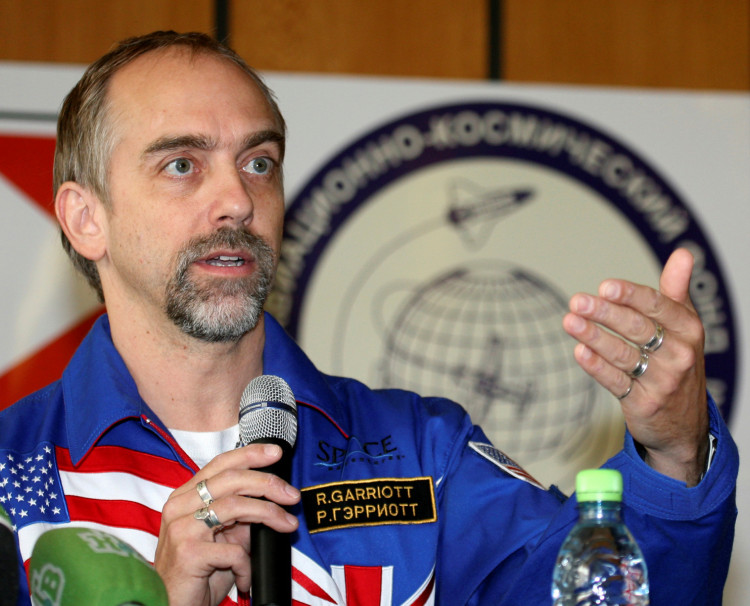Richard Garriott, a video game pioneer who navigated the North and South Poles and financed his own journey to the International Space Station, completed March 1 a dive to Challenger Deep - the deepest known point on the seabed.
Garriott, the incoming president of The Explorers Club, dived on the "Limiting Factor," the first commercially certified, full-ocean-depth deep submergence vessel built and funded by undersea explorer Victor Vescovo.
Former National Aeronautics and Space Administration astronaut Kathy Sullivan became the first astronaut and woman to dive to Challenger Deep in August aboard the same submersible piloted by Vescovo.
Like Sullivan, Garriott made the journey as part of a series of dives to survey the Mariana Trench and gather samples. He and friend Michael Dubno also brought their own collection of technical and artistic tests for the voyage. The trench is in the western Pacific Ocean about 200 kilometers east of the Mariana Islands
Garriott said the 36,000-foot (seven mile) trip to the bottom of the Pacific took about four hours. He took pictures, gathered samples and made a short science fiction film - as he did while onboard the International Space Station
He made it through the entire 12-hour trip without stopping for a bathroom break.
His adventures started in 1998 when he trekked to the South Pole. He became one of the first private astronauts in 2008 - paying a record $30 million to visit the space lab as a civilian. Garriott headed to the North Pole in 2018 - but did not wait as long for his next adventure.
Garriott is best known in the gaming industry as the creator of "Ultima." The series is regarded as one of the most significant in video game history, alongside "Wizardry" and "Might and Magic." He is one of the pioneers of the computer role-playing game genre.
That's not all: Garriott is the son of Owen Garriott, a former NASA astronaut who flew on the Skylab space station and the space shuttle. He is the first American second-generation space flyer to follow a parent off the planet.






